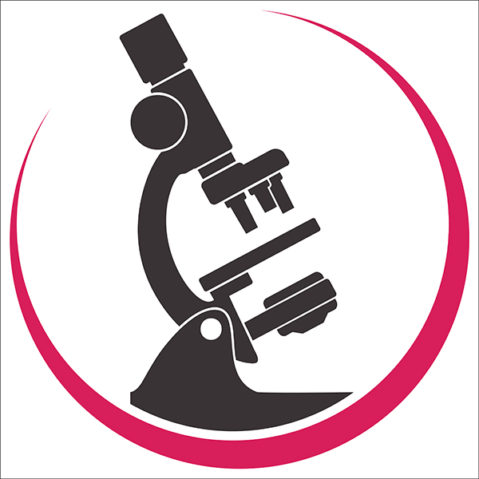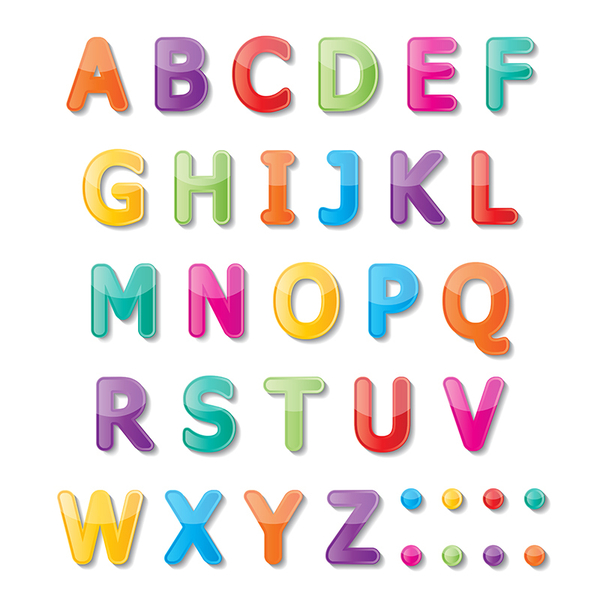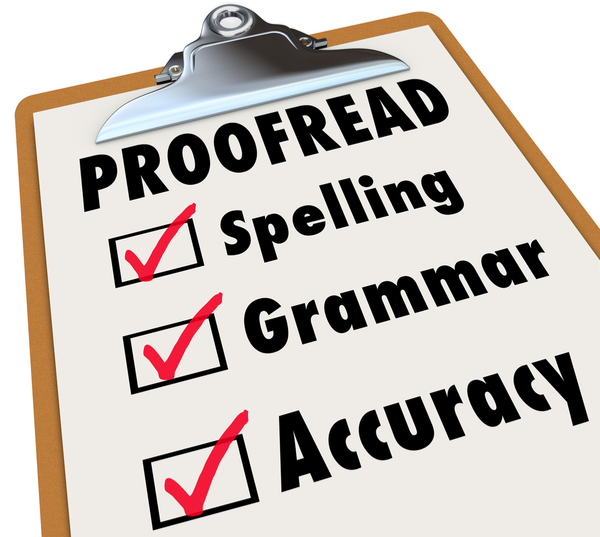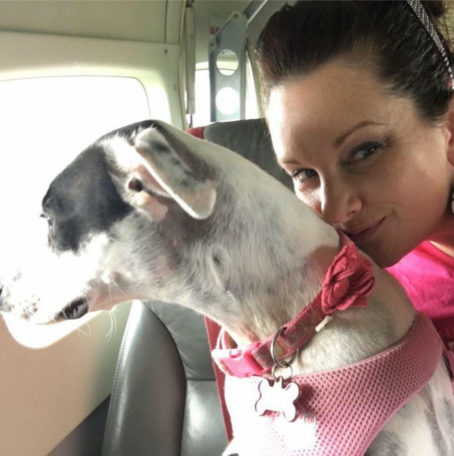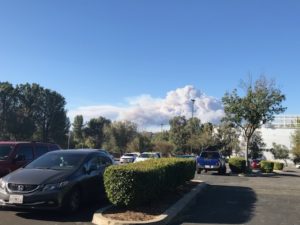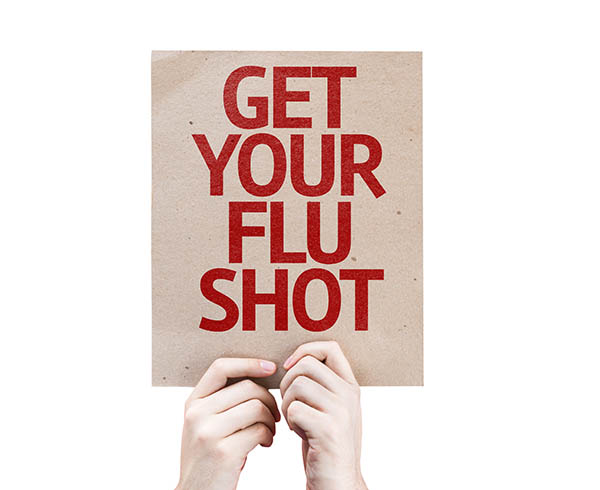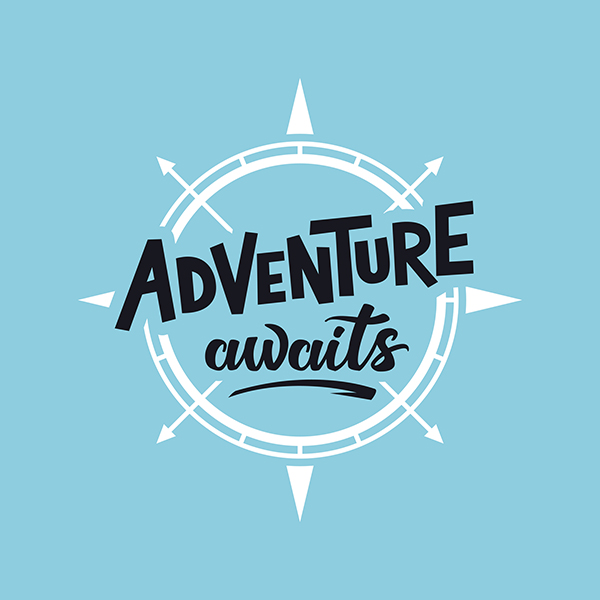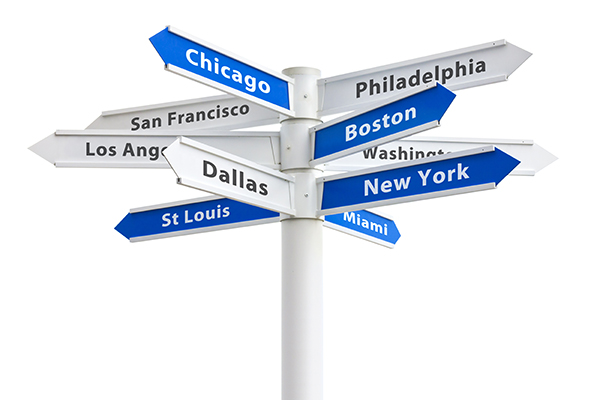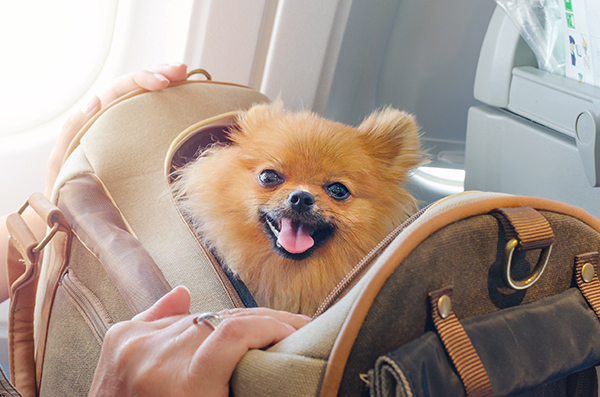Have you ever been at the end of a job interview when this happens:
Interviewer: “Do you have any questions for me?”
You: “Umm…”
<<crickets chirping outside a silent room>>
Sound familiar?

As part of your interview preparation, you should have several questions for your interviewer. This will not only demonstrate your interest in the position, but it’ll allow you to learn if the employer is a good fit for you. After all, the interview process goes both ways. They want to make sure you are a good fit, but you need to ensure the job duties, expectations, and culture will be a good fit for you.
Be sure to ask open-ended questions that cannot simply be answered with a “yes” or a “no”. These type of questions might spark a new conversation or give you the opportunity to respond to anything you haven’t yet addressed.
Instead of your blood pressure rising and your face flushing, be prepared. Consider these five questions for your next interview.
1. What are the biggest challenges the laboratory/department is currently facing?
The interviewer may have painted a lovely picture of the potential job, but what about the reality? The word “challenge” is key here because it isn’t negative or positive, but an opportunity for improvement — one in which you may want to be involved. The answers to this question could launch a conversation about how you will help tackle these issues. You could also discuss specific examples of how you helped overcome similar challenges in another role.
2. What do you enjoy most about working here?
This is a chance for you to connect personally with the interviewer. Their responses may give you some insight about job satisfaction or culture. If they have a tough time responding, this should be a red flag.
3. What can you tell me about the team I'll be working with?
This is purposely worded as if you will be getting the job. Positivity is key in showing your motivation and desire. Be sure to listen closely to the response; this could be your only chance to learn about your coworkers prior to your first day.
4. How is success measured?
The answer to this positively worded question is to show you are goal-oriented and are not afraid to be held accountable.
5. Would you please tell me about the person who previously held this position?
This question is to gauge why the position is open. Did they leave due to conflict, retirement, or promotion? The answers could clue you into job security, lack of teamwork, company expectations, or even chances for advancement.

Because an interview is a two-way street, don’t be afraid to ask follow up questions. Sure, you need to sell yourself as a motivated, accountable, and dependable employee, but you need to also buy into the company your considering. You should not accept a job that doesn’t feel like a good match and you won’t know that until you learn as much as possible about the company.
If you have specific interview-related questions, give your recruiter a call. They have great relationships with hiring managers and can direct you more specifically into an excellent interview experience.


